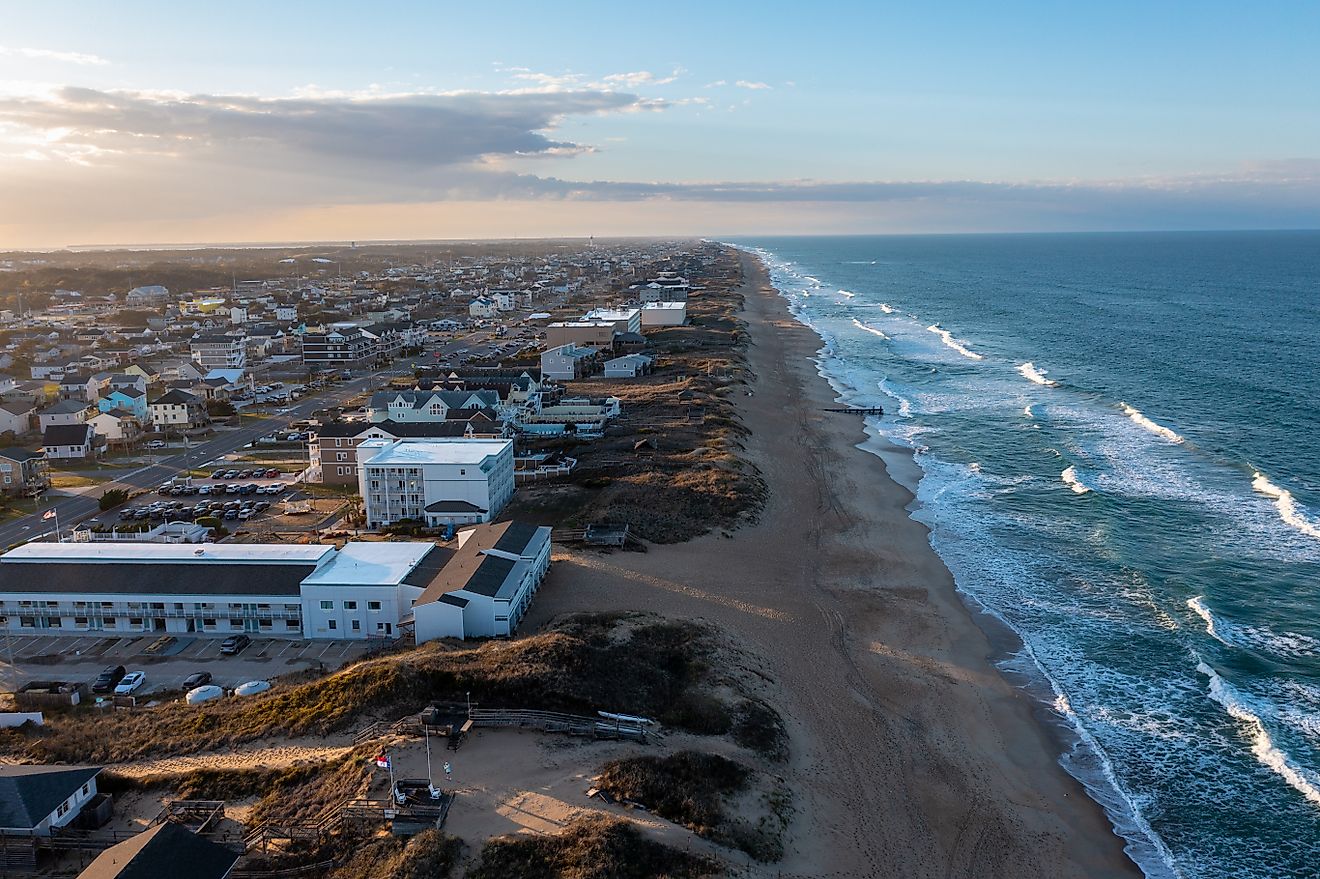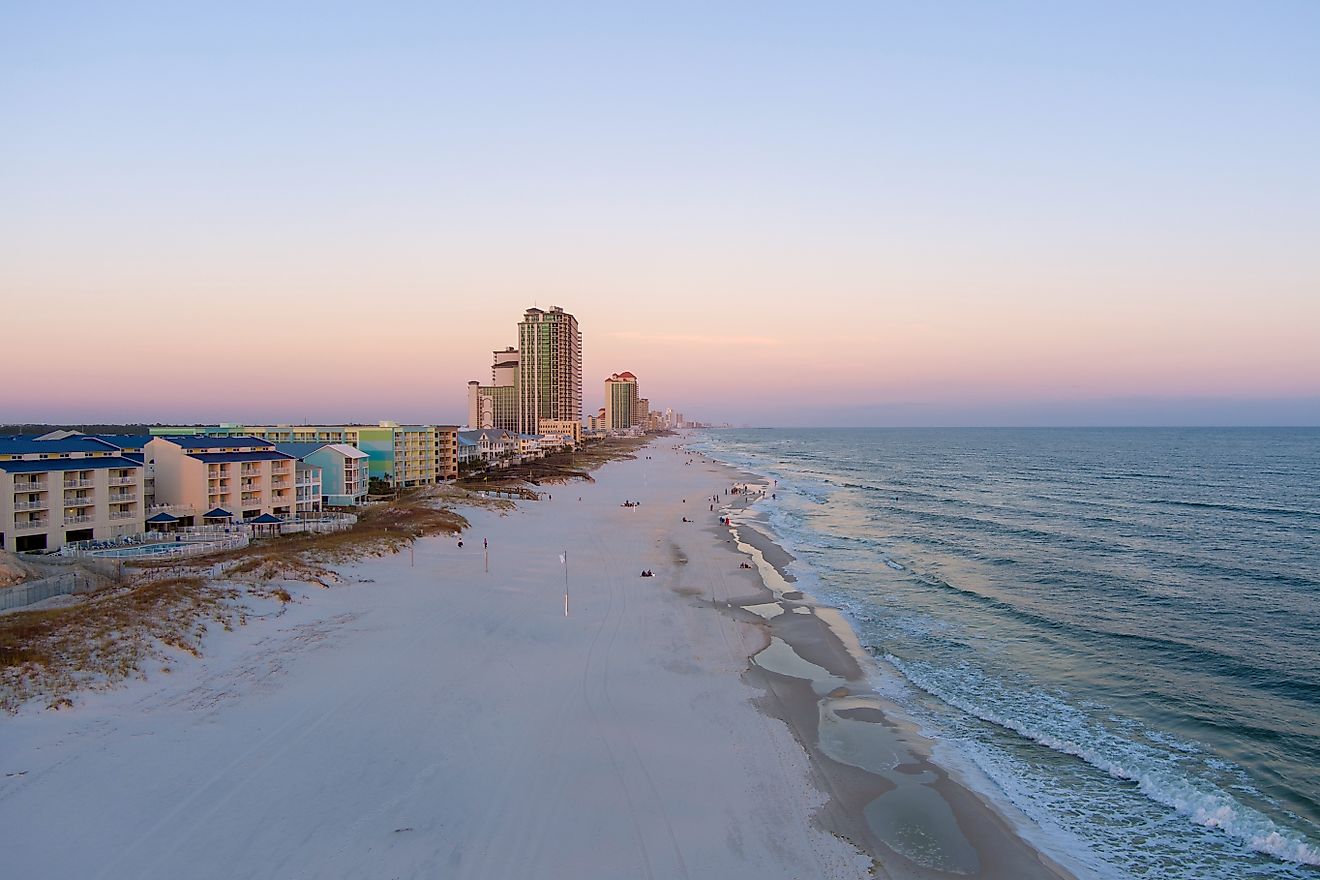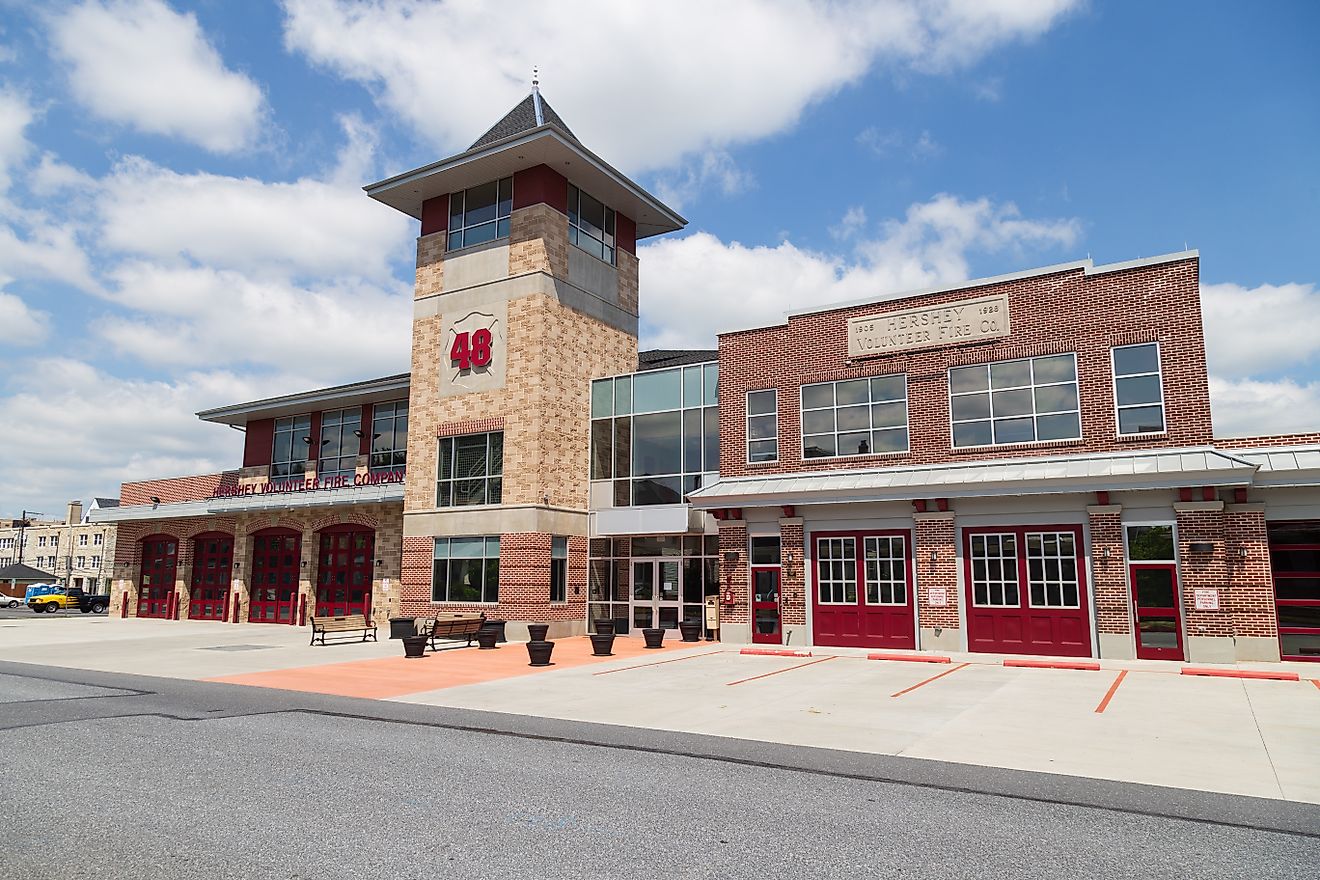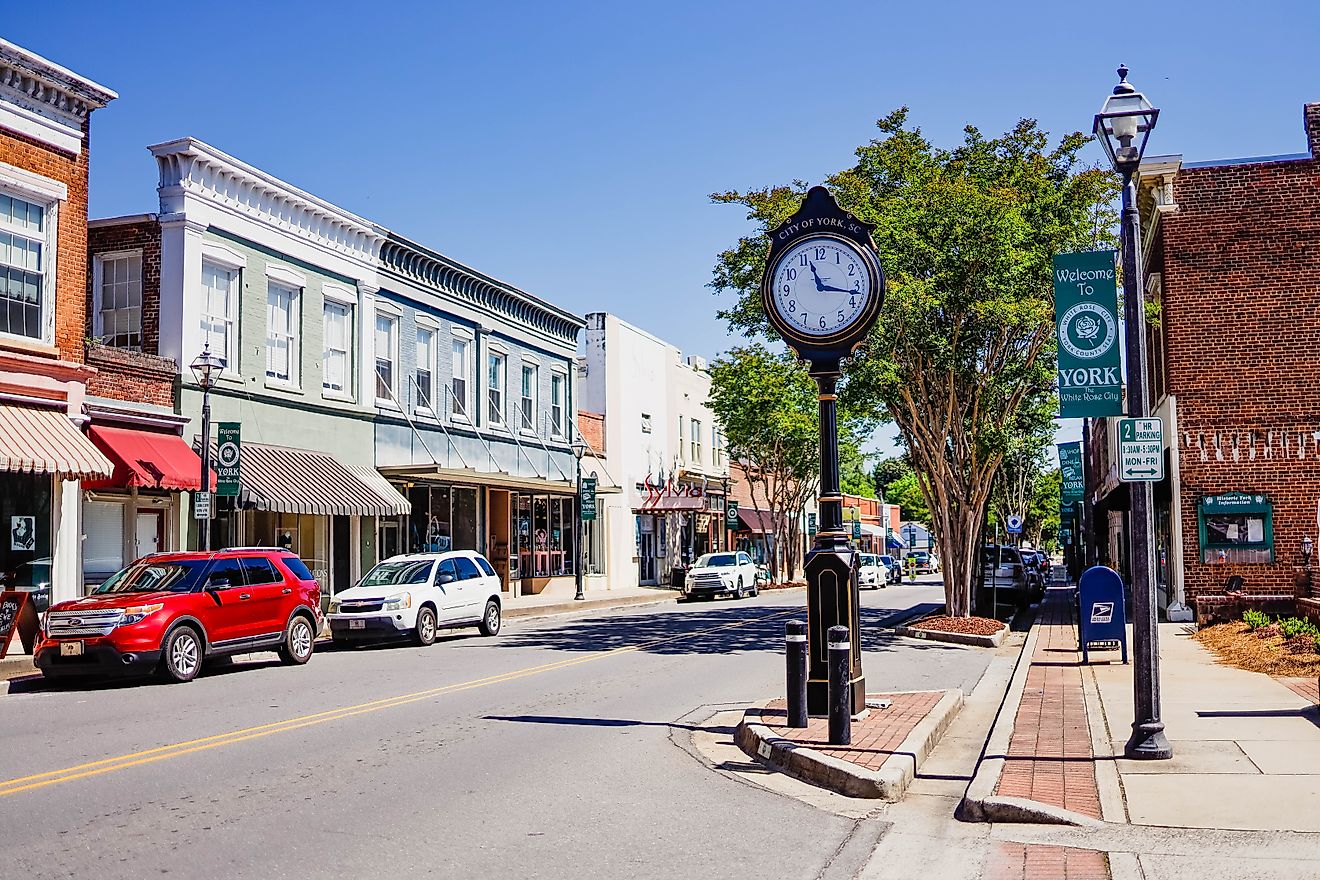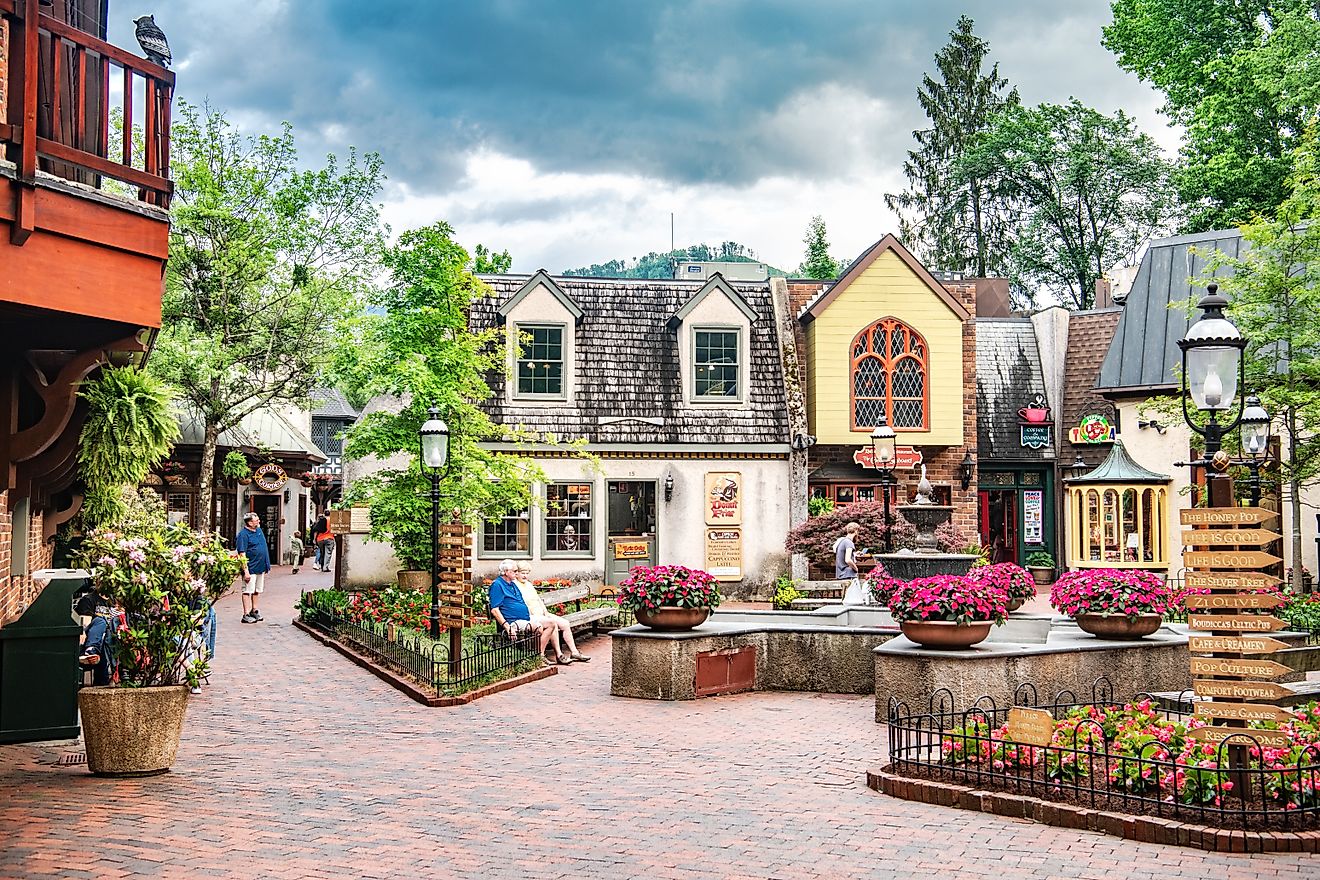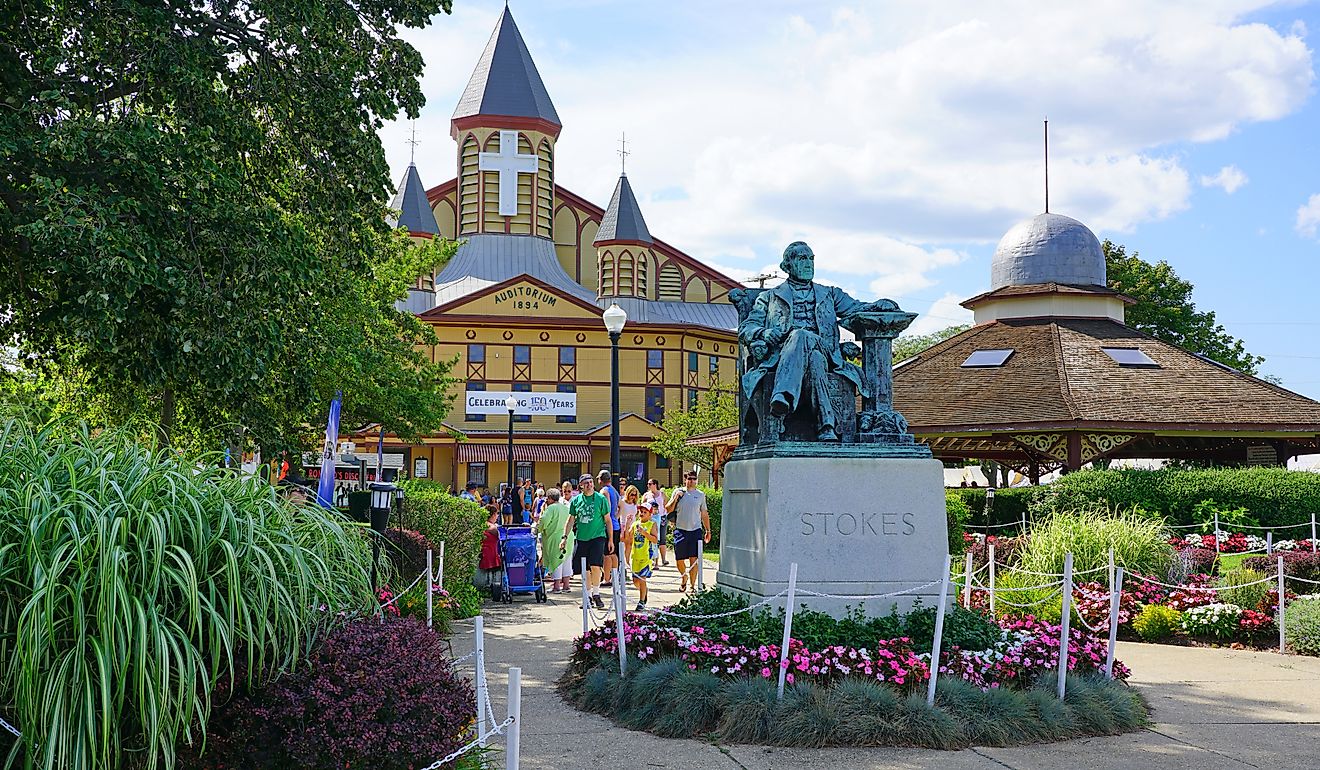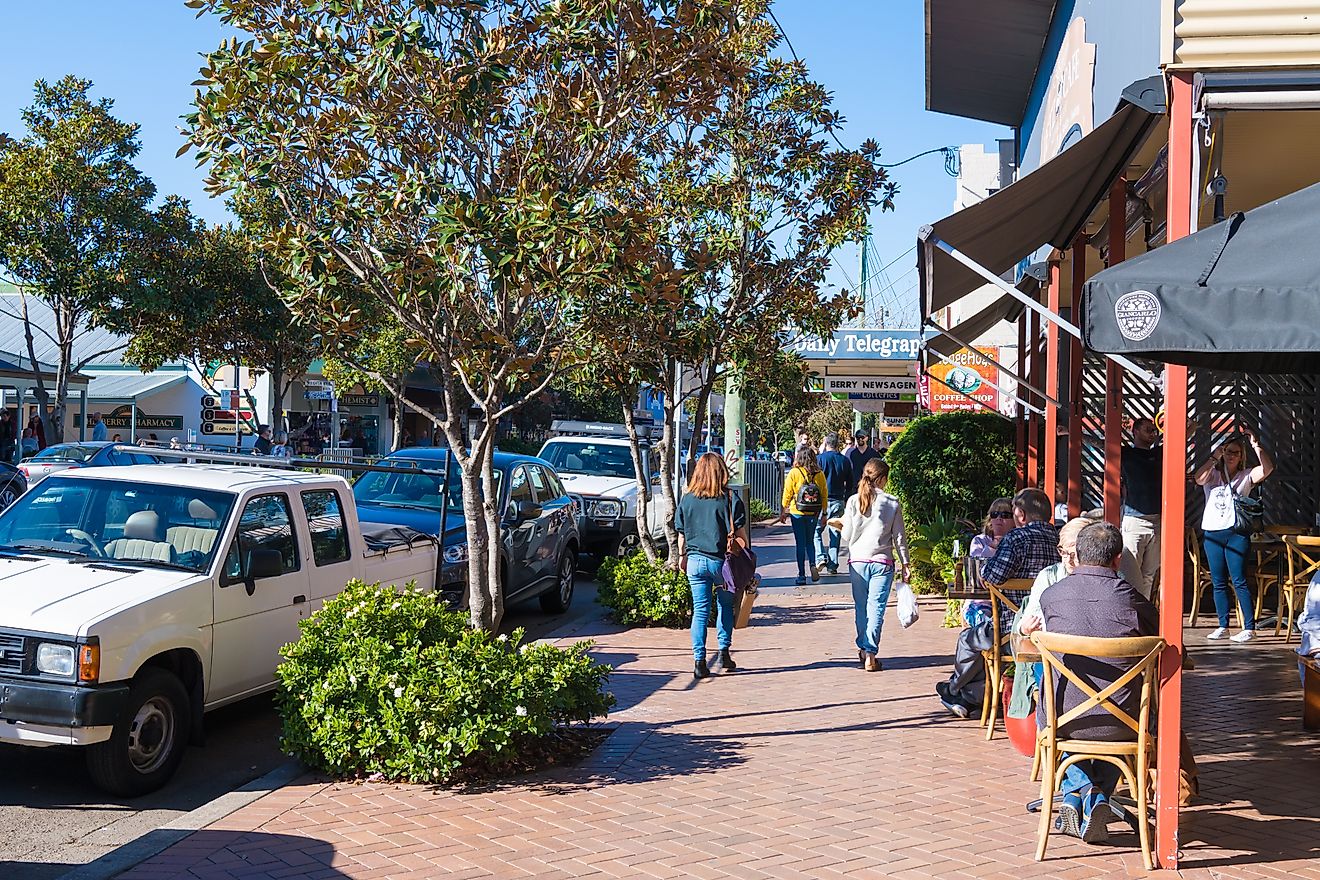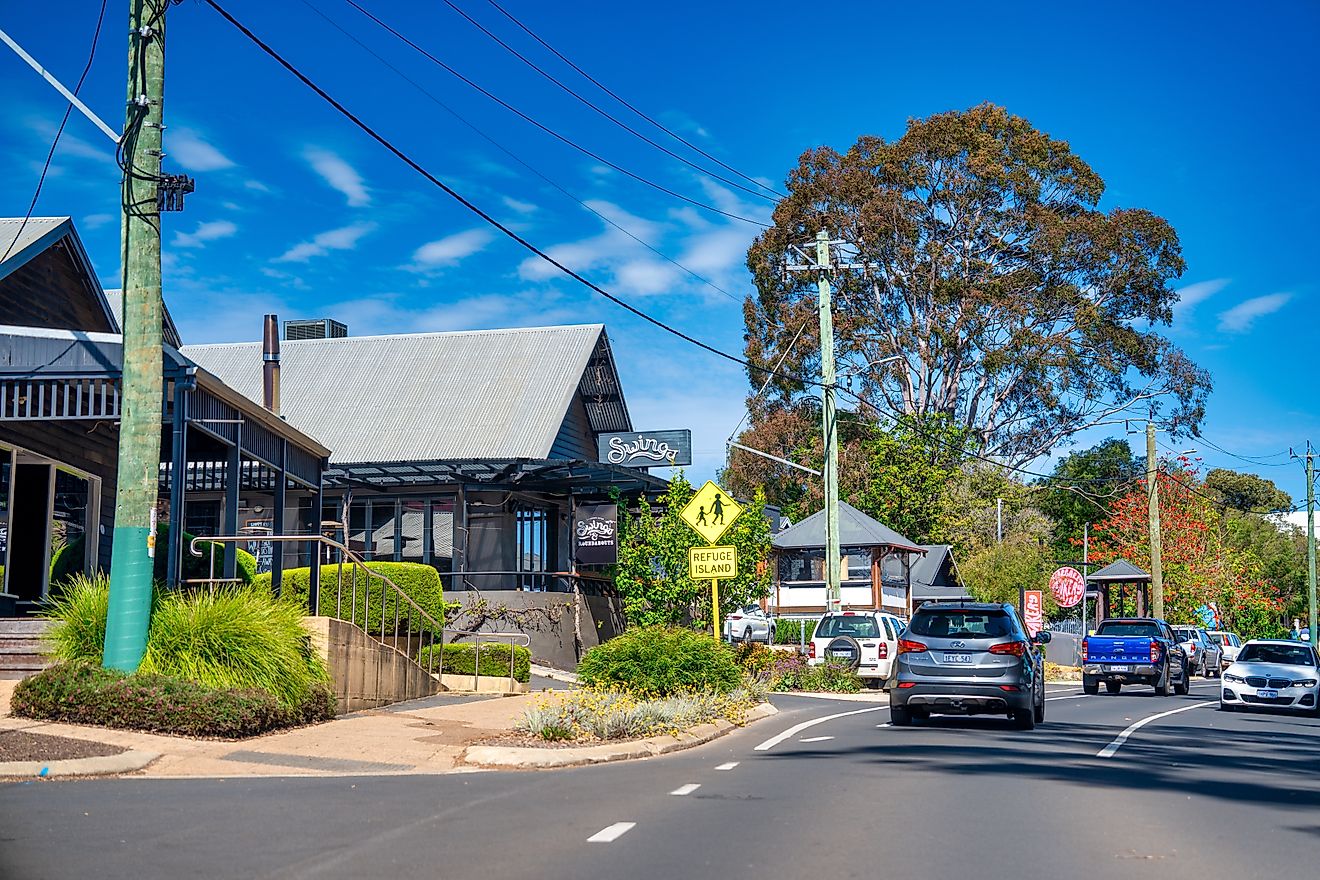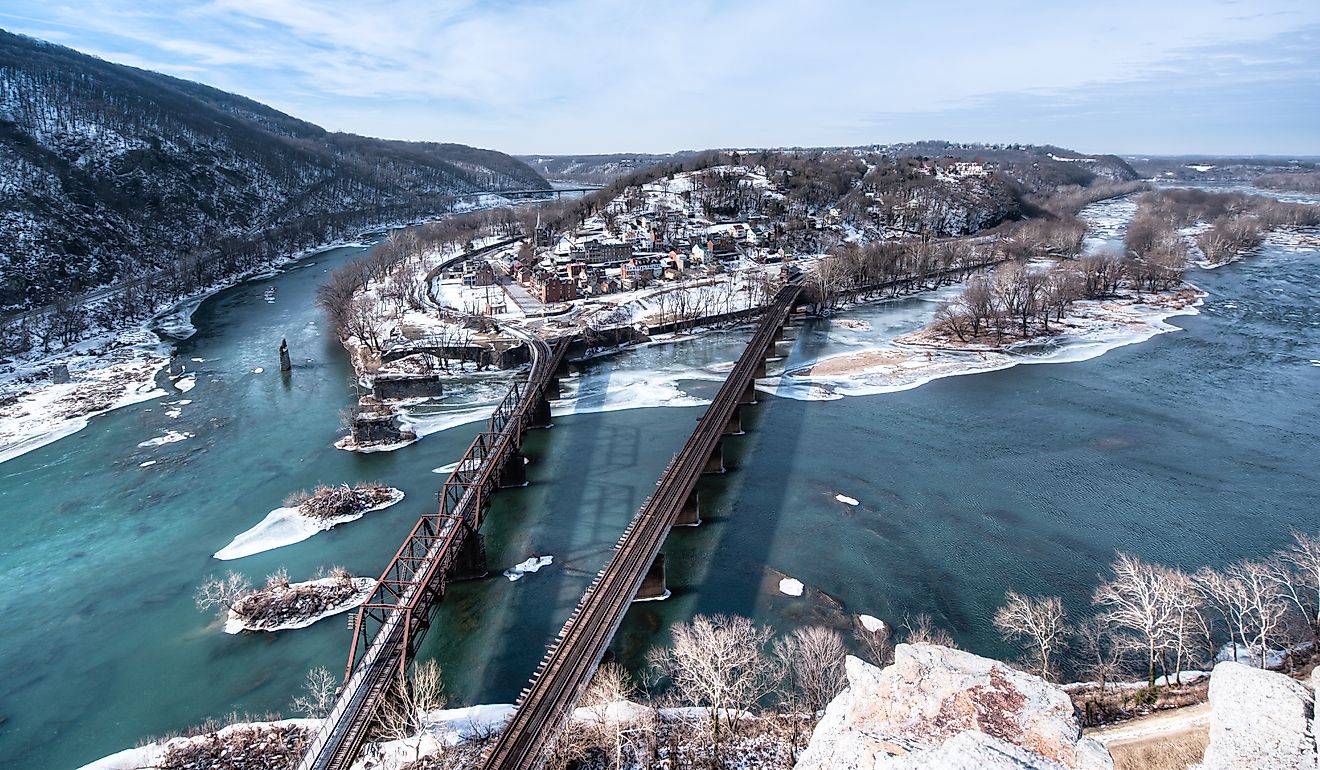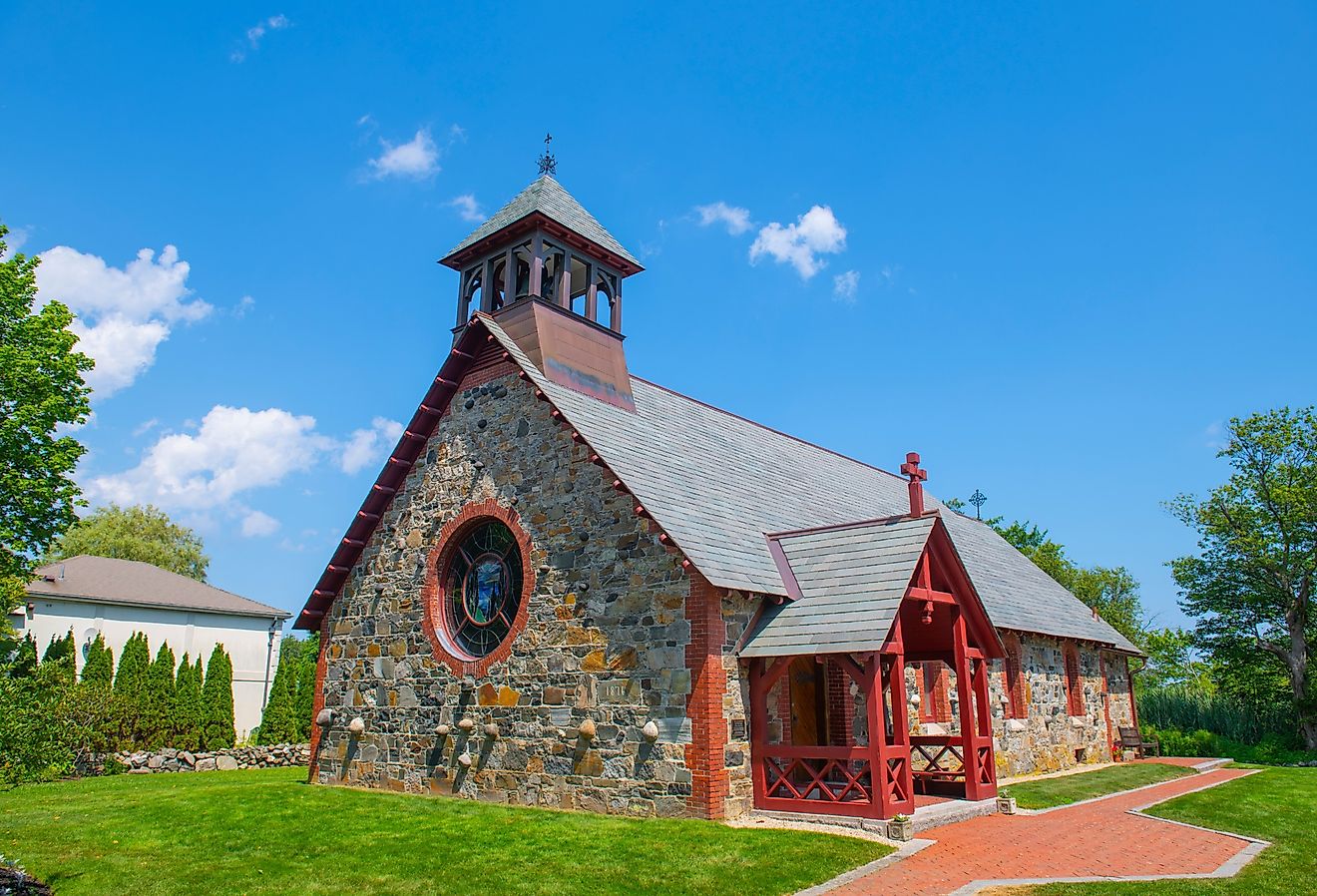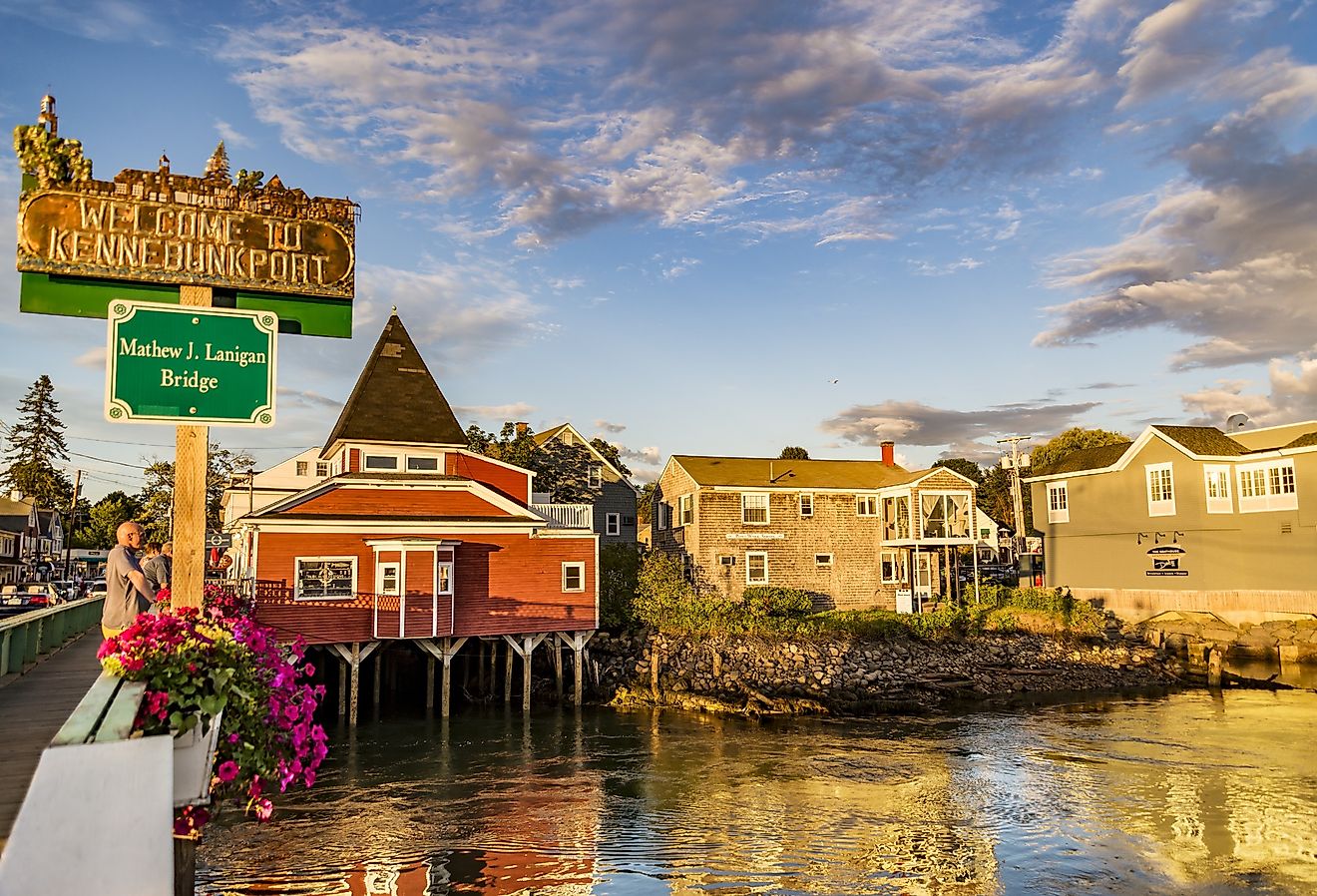
These 8 Indiana Towns Have The Best Historic Districts
Indiana is one of the more historic states in the Midwest. Gaining statehood in 1816, the area was also explored by Europeans further back in the 1700s. One of the best ways to see this history is to go visit historic districts within small towns that have lovingly kept their legacies alive. By visiting these eight Indiana towns with the best historic districts, you can see the legacy of old utopian communities, anti-slavery groups, and the wealthiest Hoosiers. And while you visit these towns, you can go for relaxing river walks or have a laugh at a museum of comedy.
New Harmony
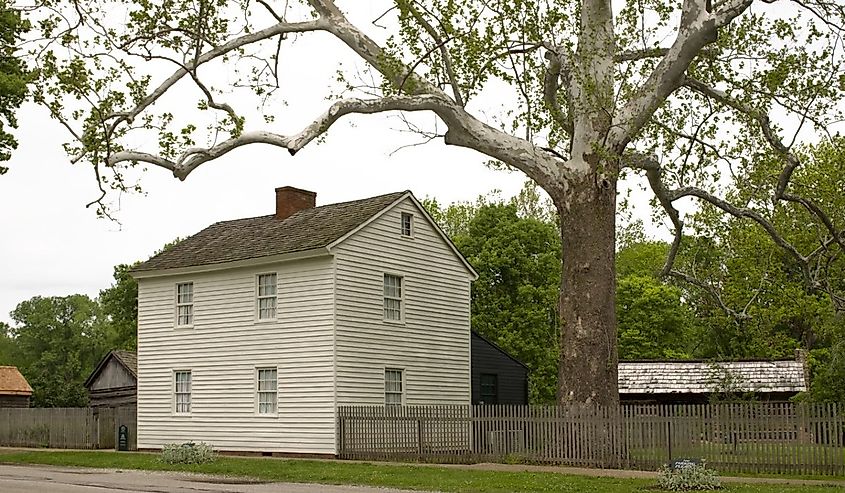
New Harmony's historic district was designed by a unique group of people. The Harmony Society first established the town in 1814 in an attempt to create a utopian religious community filled with celibate people living communal life. When they sold the town ten years late to Robert Owen, he also set out to craft a utopian community of his own. Many of the earliest structures from both periods are still intact, such as the restored Rapp-Owen Granary, a five-story structure made of brick, sandstone and wood and would later serve as a laboratory. You can also see the transition over time such as Thrall's Opera House/Community House No. 4, which used to be a communal home for the Harmonists but was later altered to be a more luxurious place for the arts. Finally, there's also the David Lenz House, built right around the time of the town's establishment. Other spots worth checking out in New Harmony are the Harmonist Labrinth, an outdoor privet hedge maze, and Harmonie State Park, offering hiking, biking and fishing on the banks of the Wabash River.
Aurora
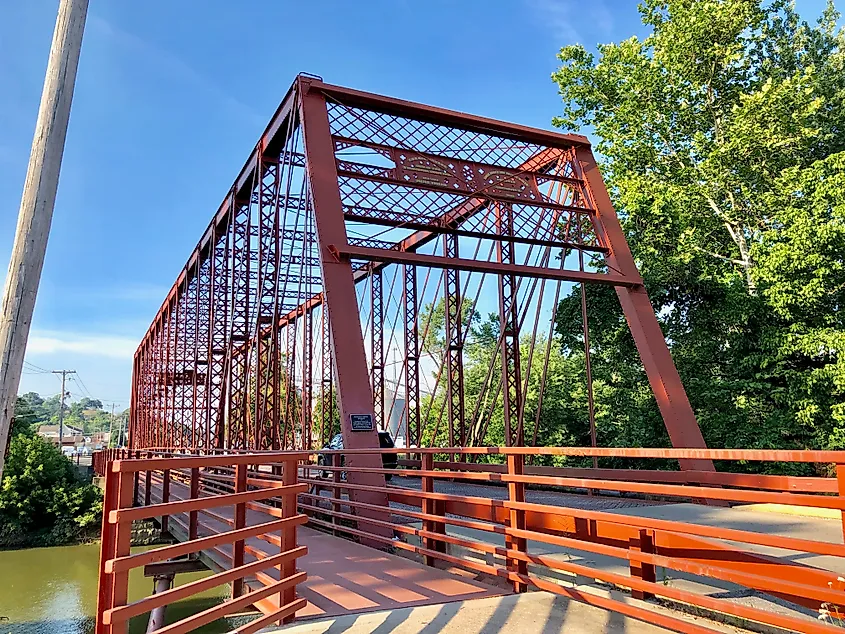
Named after the Latin word for dawn, Aurora is a pretty town on the Ohio River that was incorporated as a town in 1822 (and as a city in 1848). This tiny town of just over 3,500 people has a rich historic district of 272 buildings, many of them constructed in the early 1800s. For example, there's the 1816 Greek Revival First United Methodist Church, noteworthy for its red brick structure and limestone front. Also noteworthy is the George Street Bridge, a 199-foot iron bridge constructed in 1887, making it one of the oldest of its kind in the state. For things to do in the historic district, it's worth touring Hillforest Mansion, a gorgeous Italian Renaissance style home, complete with Victorian furnishments, French style optical illusion paintings on the wall and a luxurious garden. For other things to do in this town, one can check out local art at the Southeastern Indiana Art Guild or go for a walk by the Ohio River at the Gabbard Riverfront Park or Lesko Park.
Madison
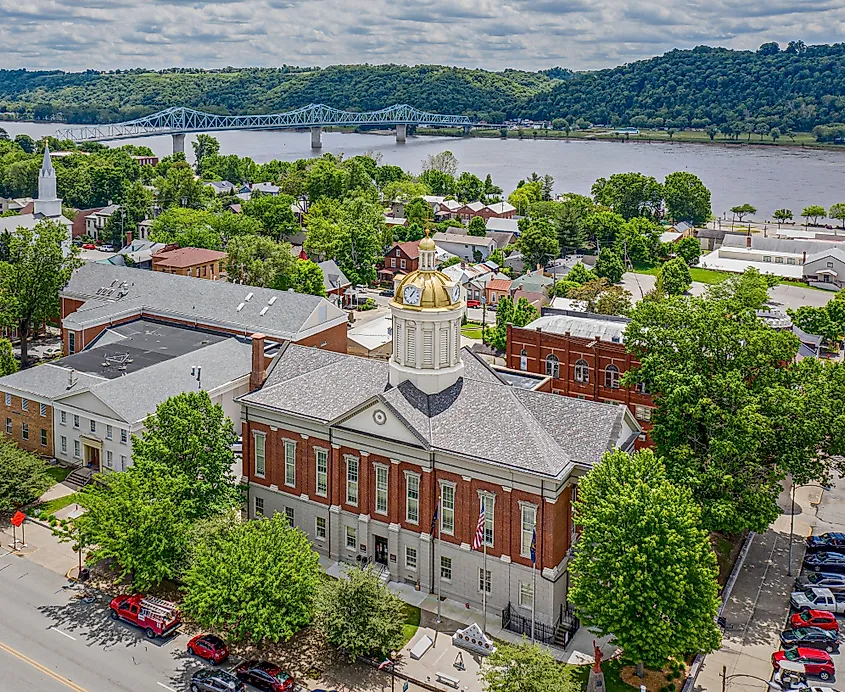
Madison is renowned by having the largest contiguous historic districts in Indiana. This is due to the fact that it was a major steamboat center from the time of its platting in 1811 and even grew to be the third largest city in Indiana by 1850. The historic district here is called an outdoor museum due to the wide variety of places open for tours. These buildings have a diverse history — ranging from the Greek Revival 1844 Lanier Mansion State Historic Site to the golden dome of the Jefferson County Courthouse to the 1848 Historic Eleutherian College, a three-story structure established by Neil's Creek Anti-Slavery Society. Another interesting place is the Schroder Saddletree Factory Museum, one of the last preserved of its kind in the U.S. that made internal wooden frames for horse saddles in the 1800s. Madison is also a great place for hiking by beautiful waterfalls at the Clifty Falls State Park.
New Albany
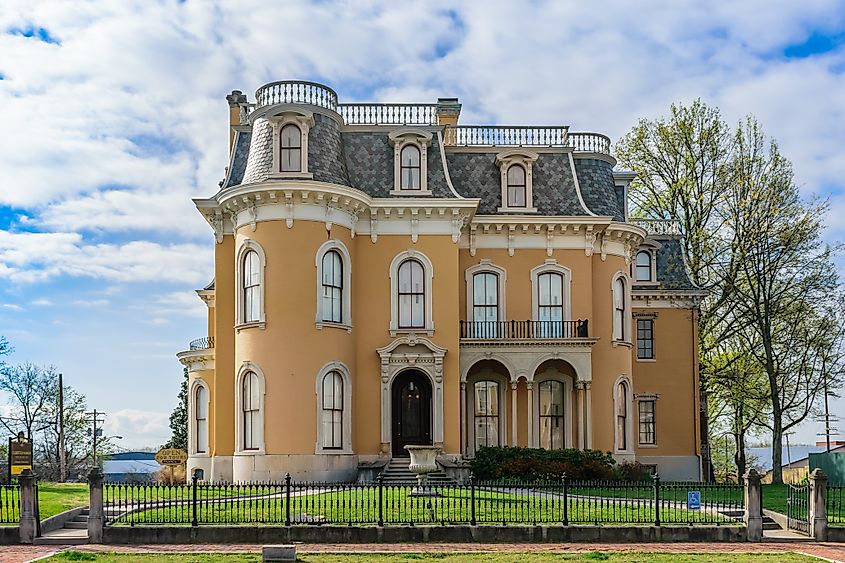
Another Ohio River town, New Albany was founded in 1813 by the Scribner brothers. Its historic district includes both mansions and major stops along the Underground Railroad. For example, the 1852 Town Clock Church is a Greek Revival style building that would help hide slaves escaping on the Underground Railroad. It also includes active museums like the Carnegie Center for Arts & History, which was originally a 1902 Beaux-Arts architecture Carnegie Library. One historic place that locals love to visit is the Culbertson Mansion State Historic Site, a magnificent three story Second Empire style structure with frescoed ceilings, marble fireplaces and much more within 25 rooms. It was constructed by none other than William Culbertson, one of the richest men in the state and today offers tours and haunted house experiences during Halloween. As a river town, New Albany also has a great riverwalk at the Ohio River Greenway which runs for 7 miles to the nearby community of Jeffersonville. Don't forget to grab some pizza or a drink from the New Albanian Brewing Company as well while you're in town.
Corydon
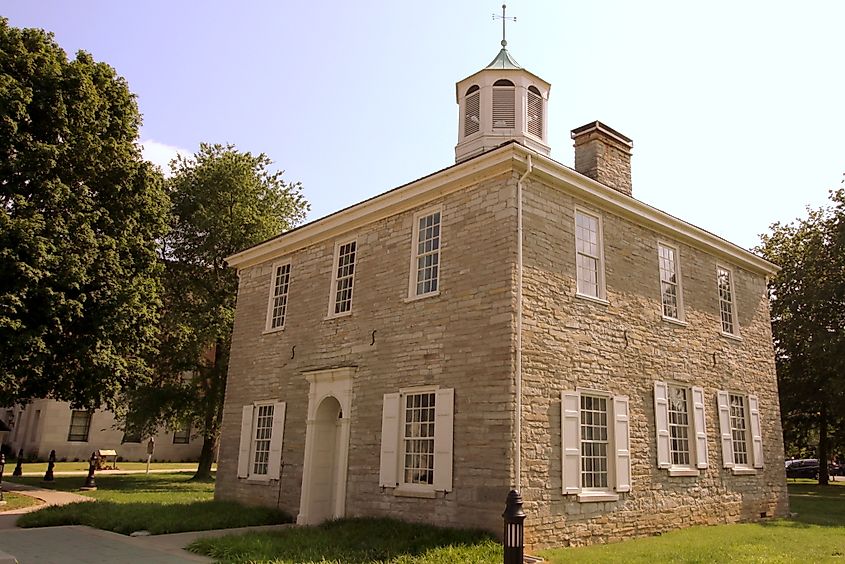
Corydon's history goes back to 1816 as the original state capital of Indiana, prior to being moved to Indianapolis in 1825. As a result, its historic district is filled with old state buildings, like the Original State Capital Building itself, the two-story Governor Hendrick's Headquarters from 1816 and the 1817 First State Office Building. This area also saw the only Civil War battle fought in Indiana, which ended in a Confederate victory. Other spots worth exploring in this historic town include the beautiful Indiana Caverns, featuring an underwater boat ride, 25 miles of hiking trails on the O'Bannon Woods State Park and a wonderful canoeing adventure along the Blue River with Cave County Canoes.
Metamora
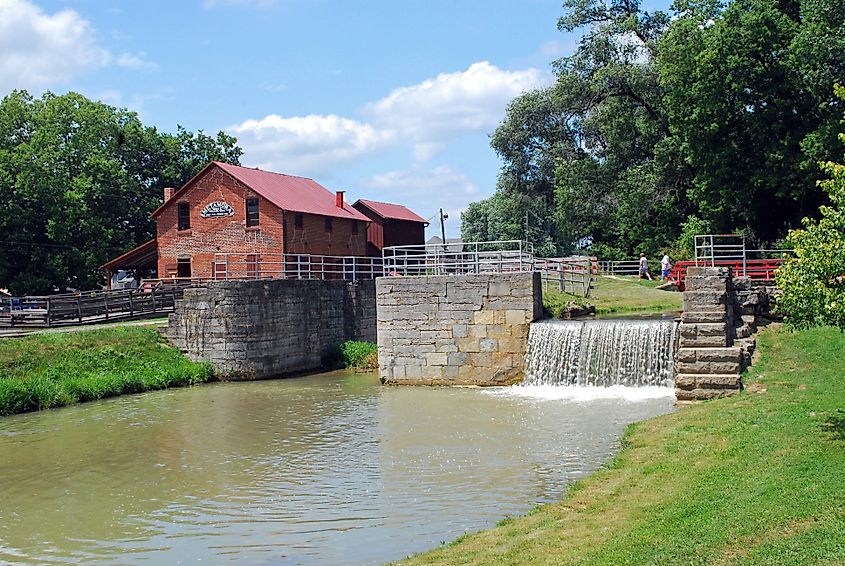
First platted in 1838, Metamora earns its name from a play by John Augustus Stone about the famed Native American leader during King Philip's War in the 17th century. Its historic district sprung up along the Whitewater Canal and as a result much of it is related to the water. Of particular note is the Duck Creek Aqueduct. Built in 1846, this is the only wooden aqueduct still standing in the entire United States. Another structure is the 1845 Grist Mill which has a 50-inch hydraulic breast wheel and is maintained by the Indiana State Museum. After visiting these two sites, consider checking out the 26-mile Whitewater Trail along the Whitewater Canal or enjoy a classy country show at the Metamora Performing Arts & Opry Barn.
Vincennes
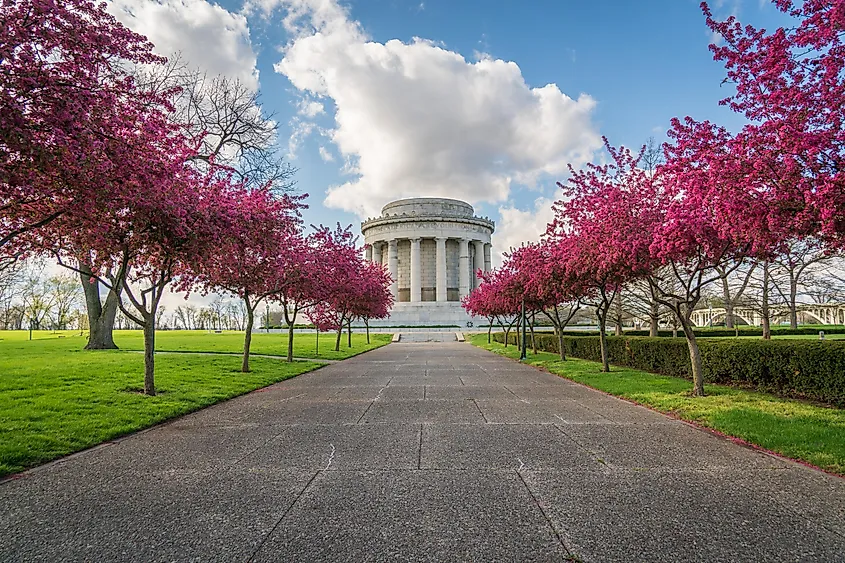
Out of all the historic districts, Vincennes certainly has the oldest structures. After all, it was the oldest founded town in Indiana, as not the English but rather the French set up shop here in 1732. In this district, one can see the development of Indiana history like at the Indiana Territorial Capitol, an 1805 red brick building which operated as one of the first government buildings in the overall Midwest. There's also the gorgeous Federal style mansion Grouseland, which was the home of future president William Henry Harrison. There's plenty of sites, such as the George Rogers Clark National Historical Park, and interesting museums to check out, like the fun Red Skelton Museum of American Comedy and the Indiana Military History Museum. For local treats like pies, cakes or apple cider, visit the Apple Hill Orchard.
Franklin
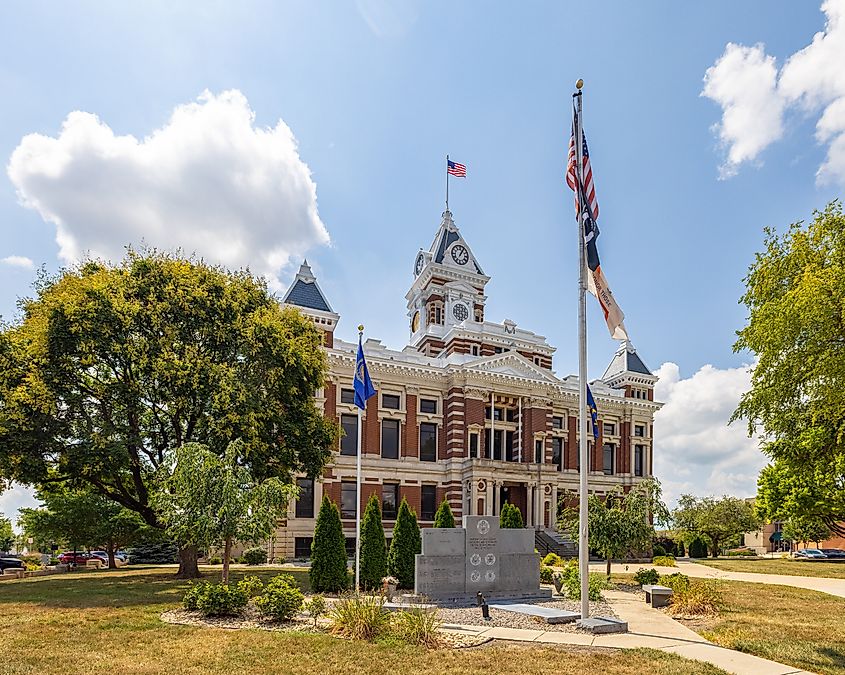
Franklin is a tightly knit community named after Benjamin Franklin. Founded in 1823, its historic district has seen a lot of change over time. Residents keep the charm of many of the buildings alive by converting them into new establishments. One such example is The Willard, 1860 brick home with a marble fireplace and a curved staircase. It was originally a family home, before being converted into a hotel and today as a restaurant, which still keeps maintains the house's historic charm. Another example is RFD(Rural Free Delivery) Franklin restaurant located within the 1936 post office, with its name acting as a nod to the building's first role. One great thing to do in the historic district is visit the 1922 Artcraft Theater, one of the most well-preserved art deco structures of its kind in Indiana, which still plays movies to this day. For other things to explore Franklin, go for a walk along the 3.4-mile Greenway Trail which runs through Blue Heron Park and Wetland, Morgan Park and others. You can also learn about the history of Franklin at the Johnson County Museum of History or purchase a locally made candle at Middle Davids Artisan Candles.
The best part about these historic districts is you don't have to just look at the buildings, you can take your time exploring them. Every mansion mentioned here regularly allows tours, and other historic structures are still open for business like the Artcraft Theatre in Franklin. These historic districts aren't just for history lovers either, as the many local attractions like the Apple Hill Orchard in Vincennes, the underground boat ride in Corydon, and the majestic Clifty Falls State Park of Madison are sure to delight any visitor.
